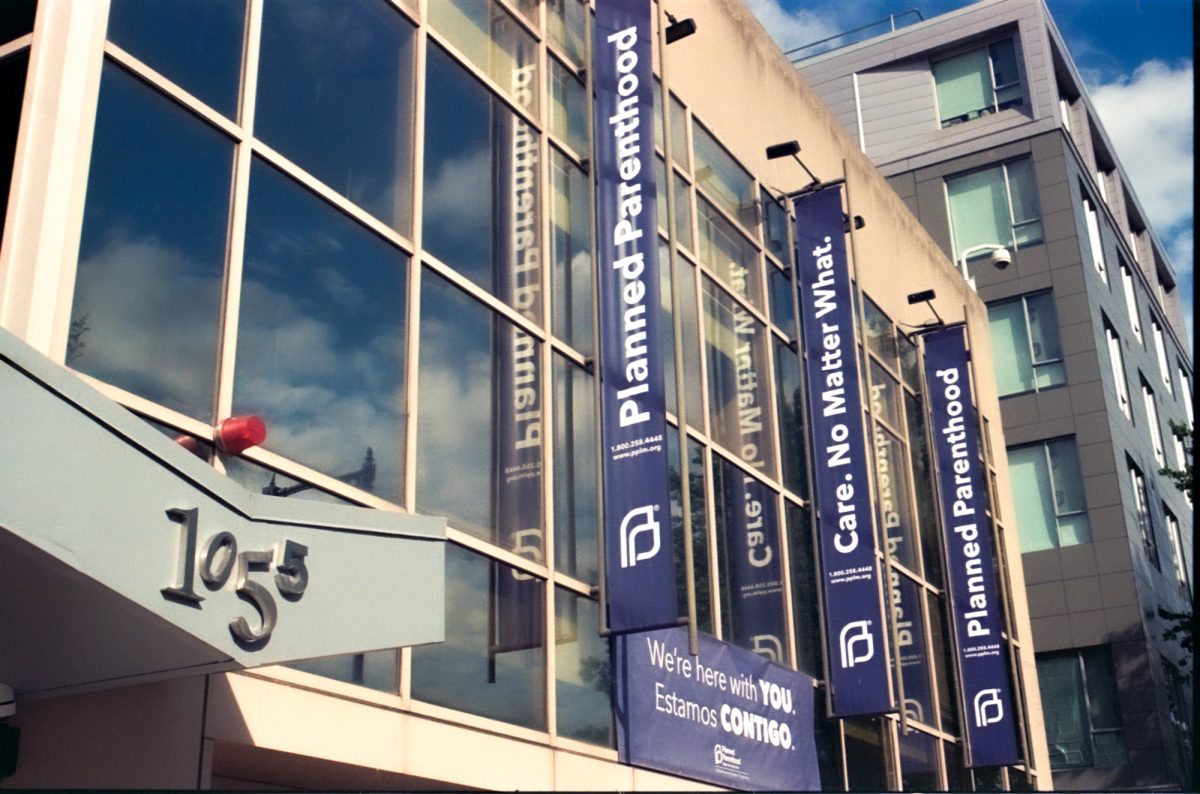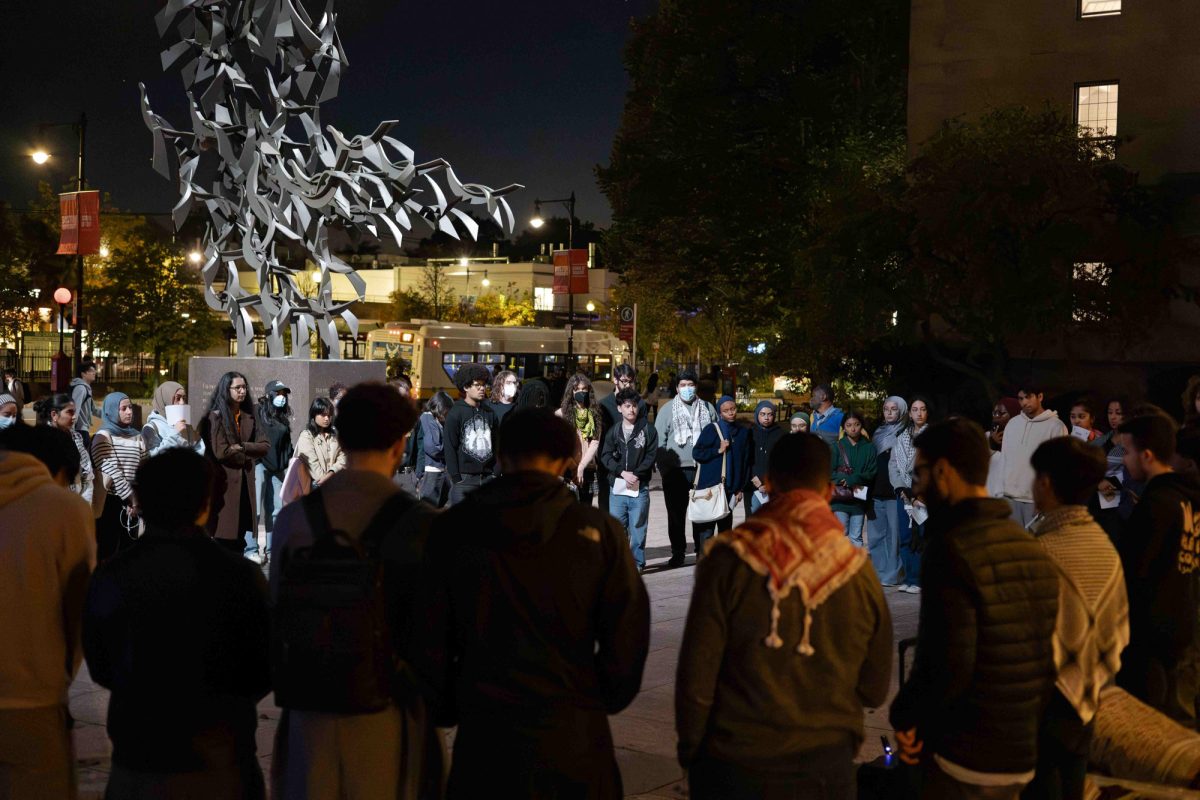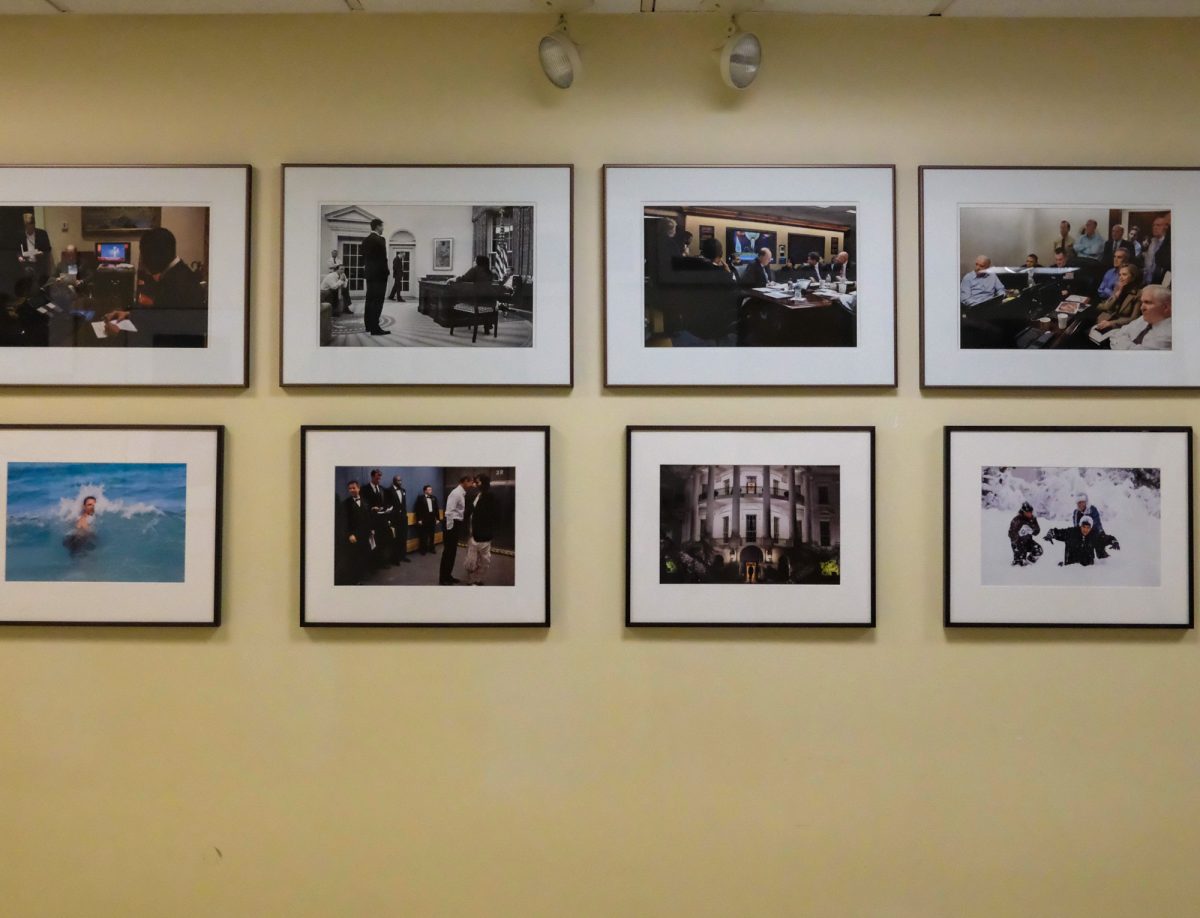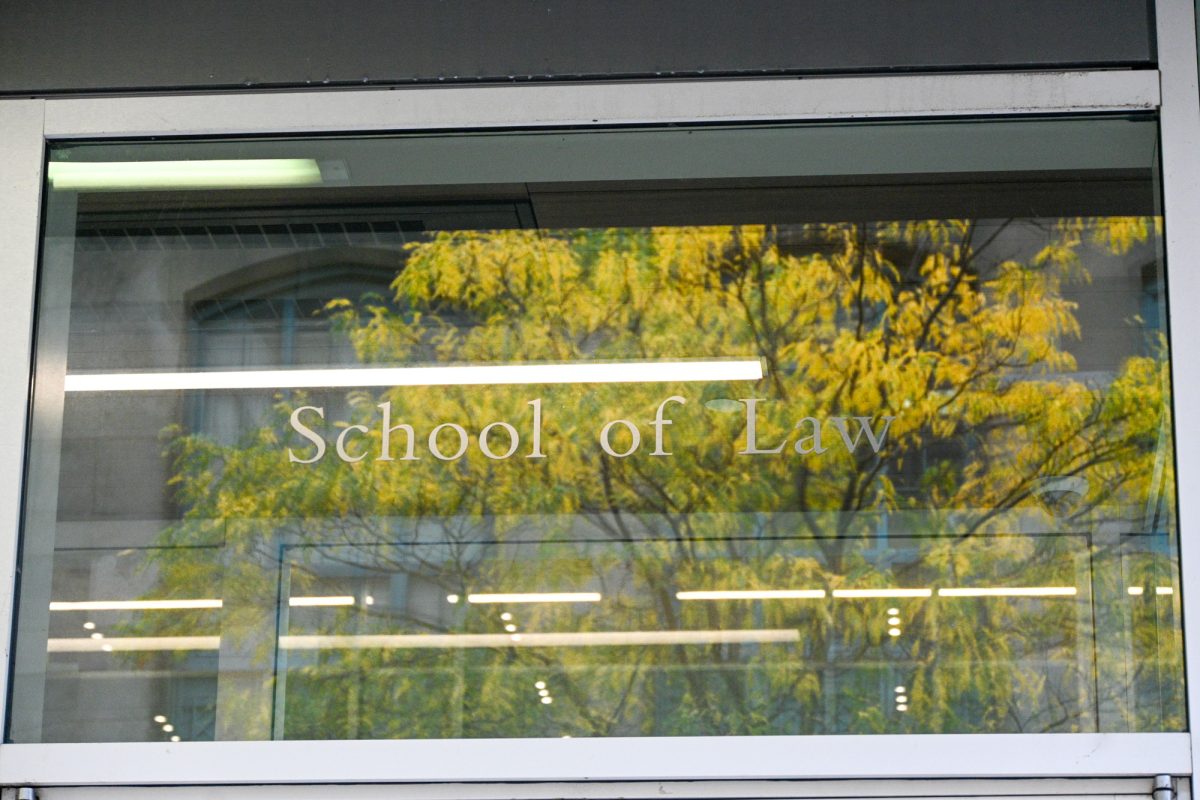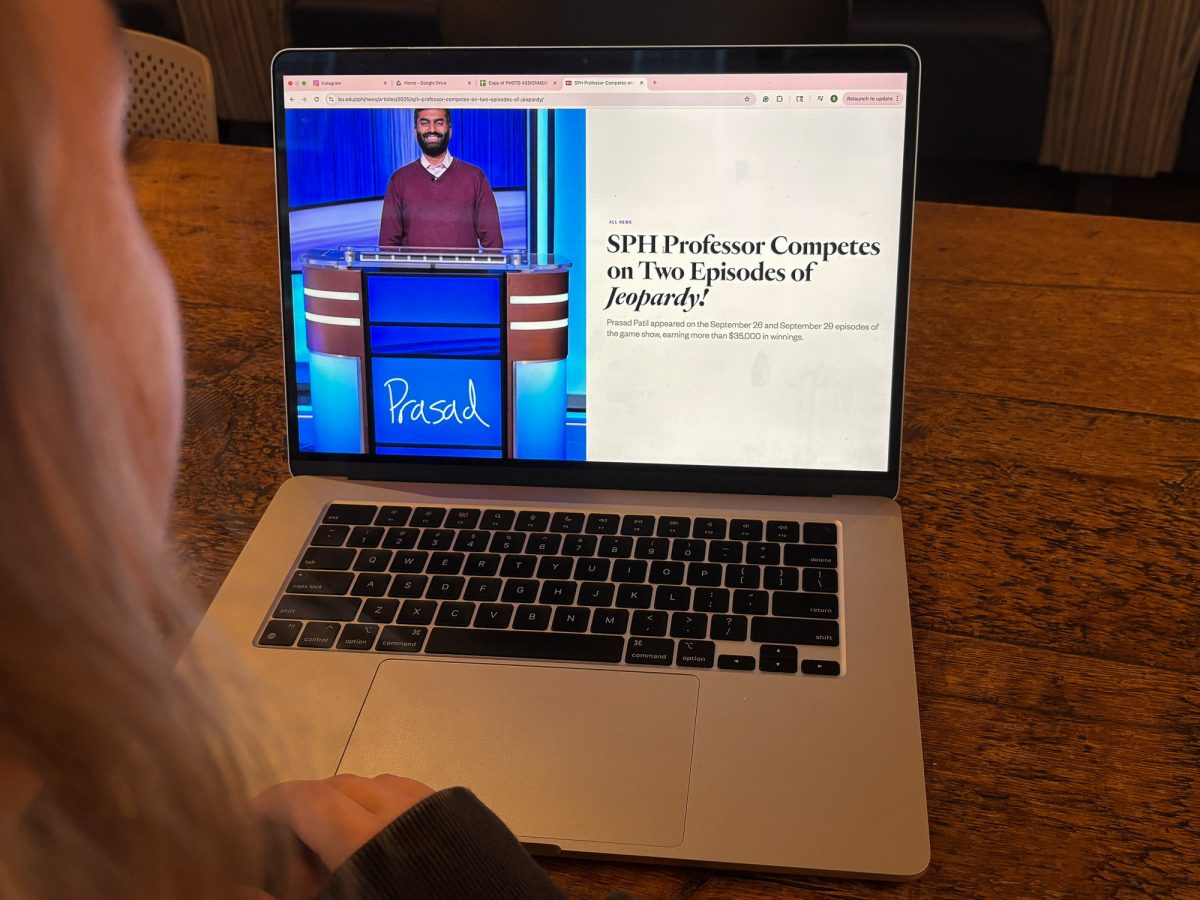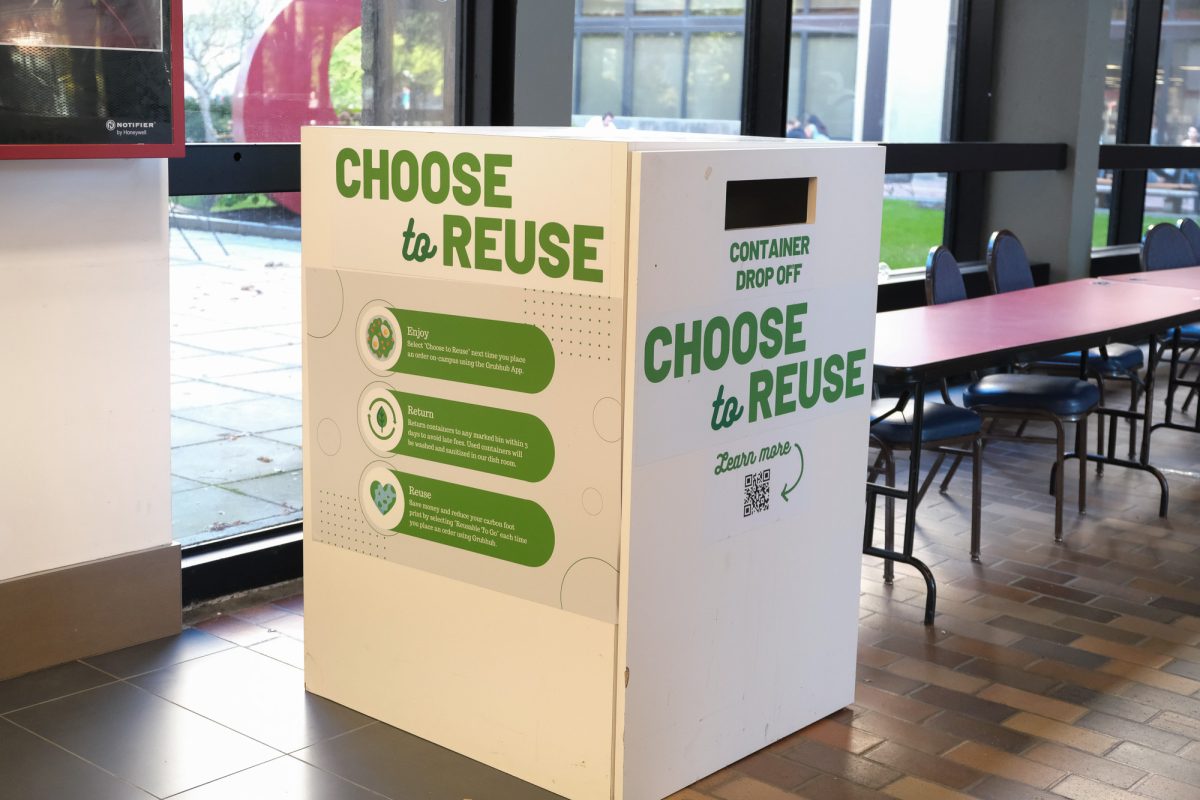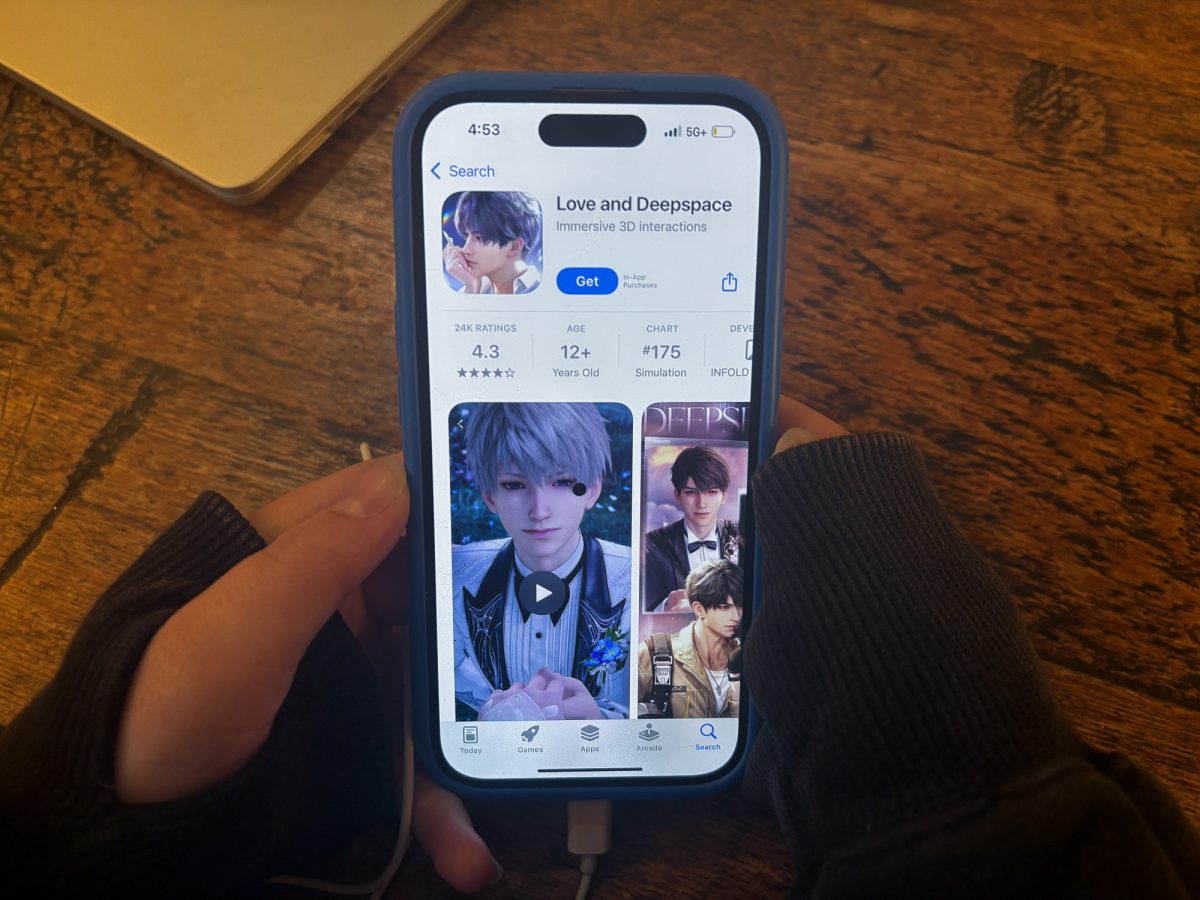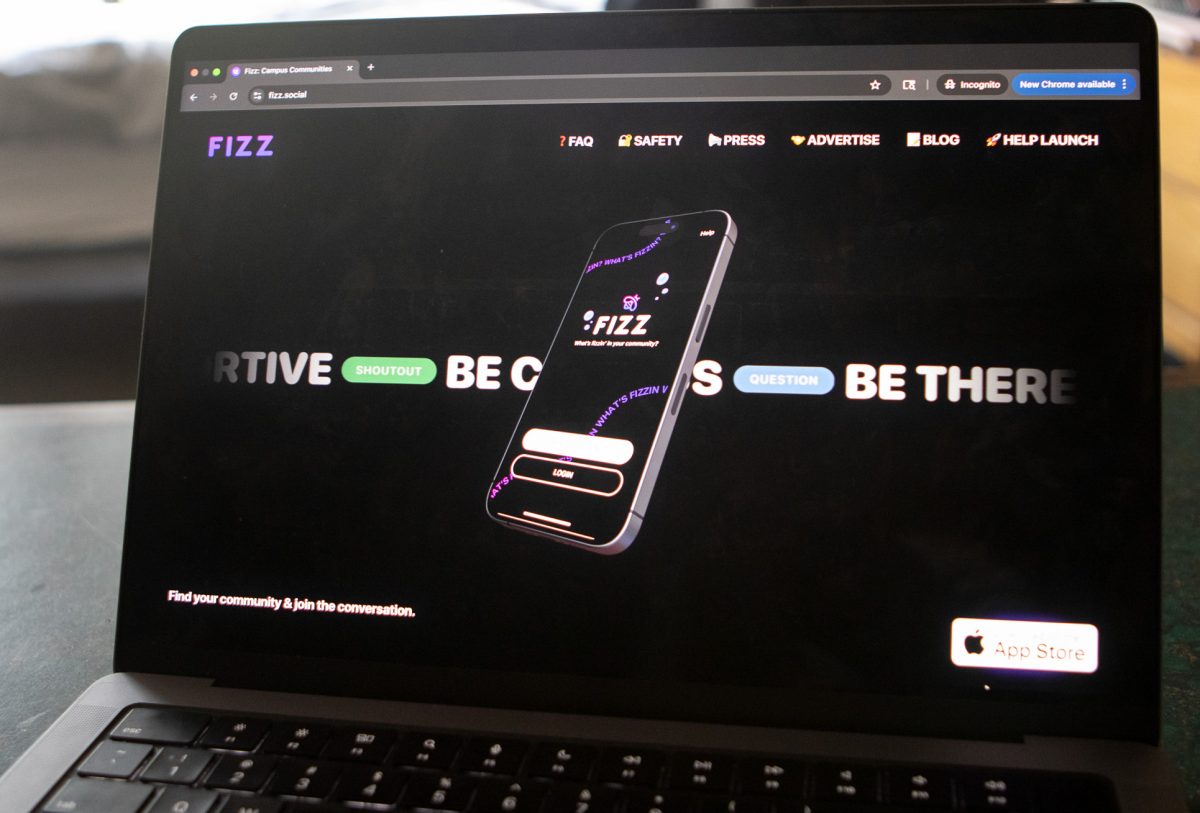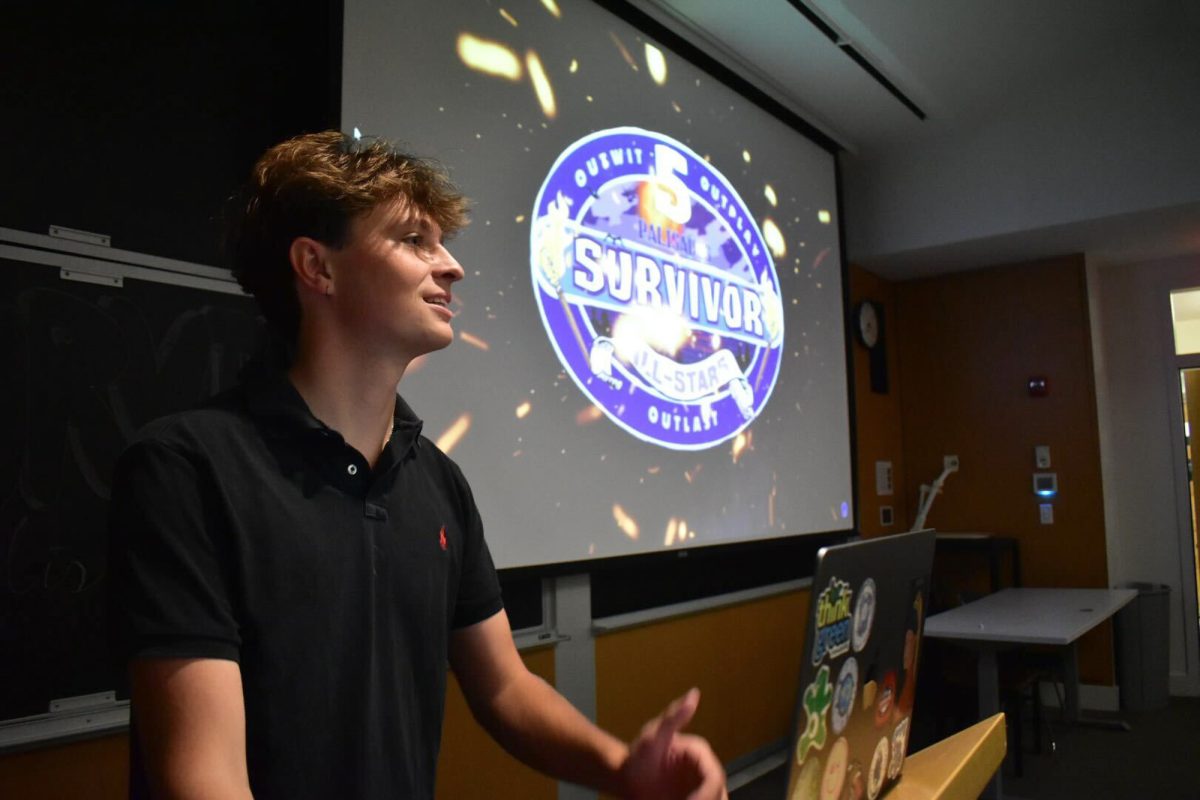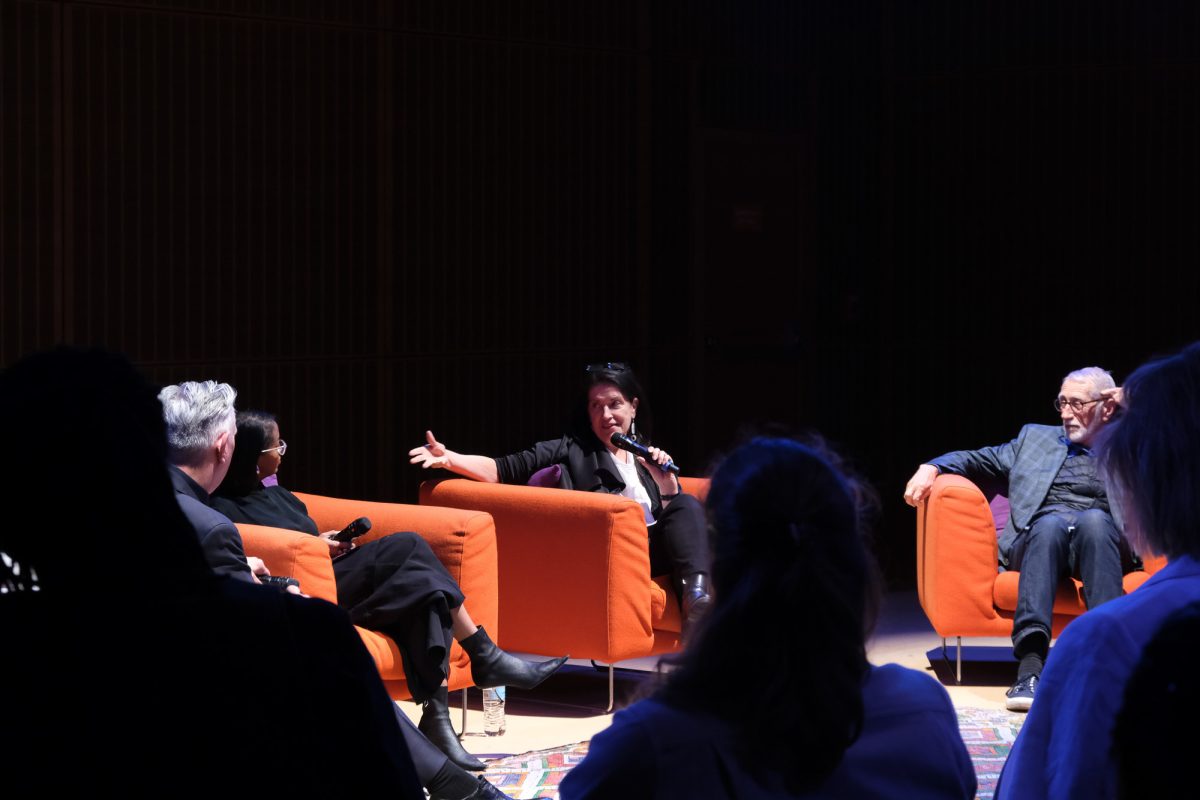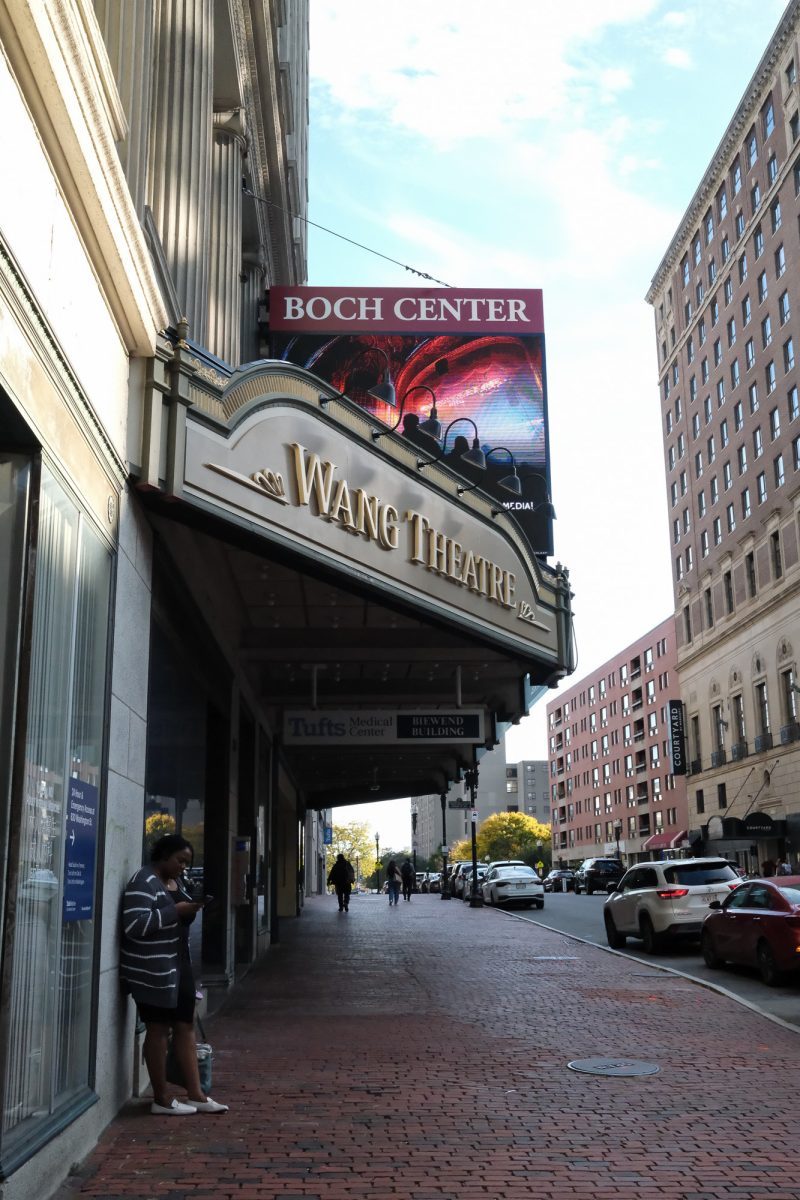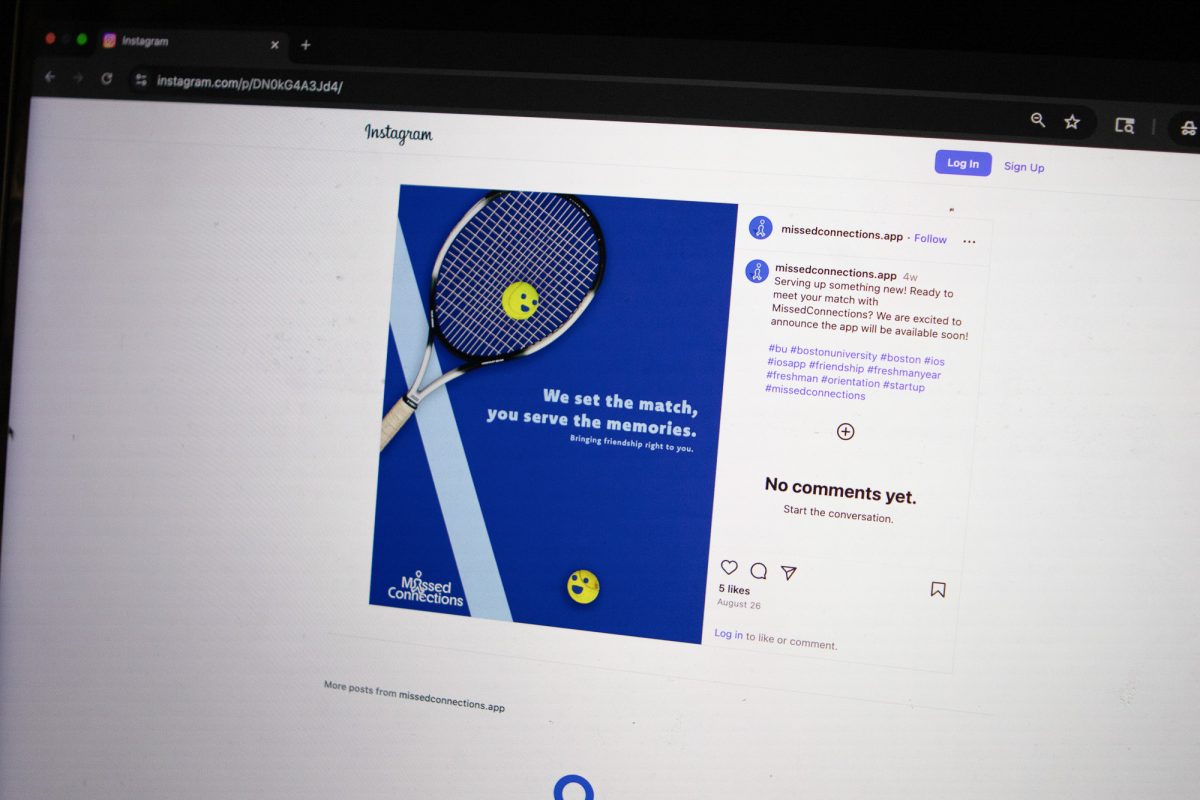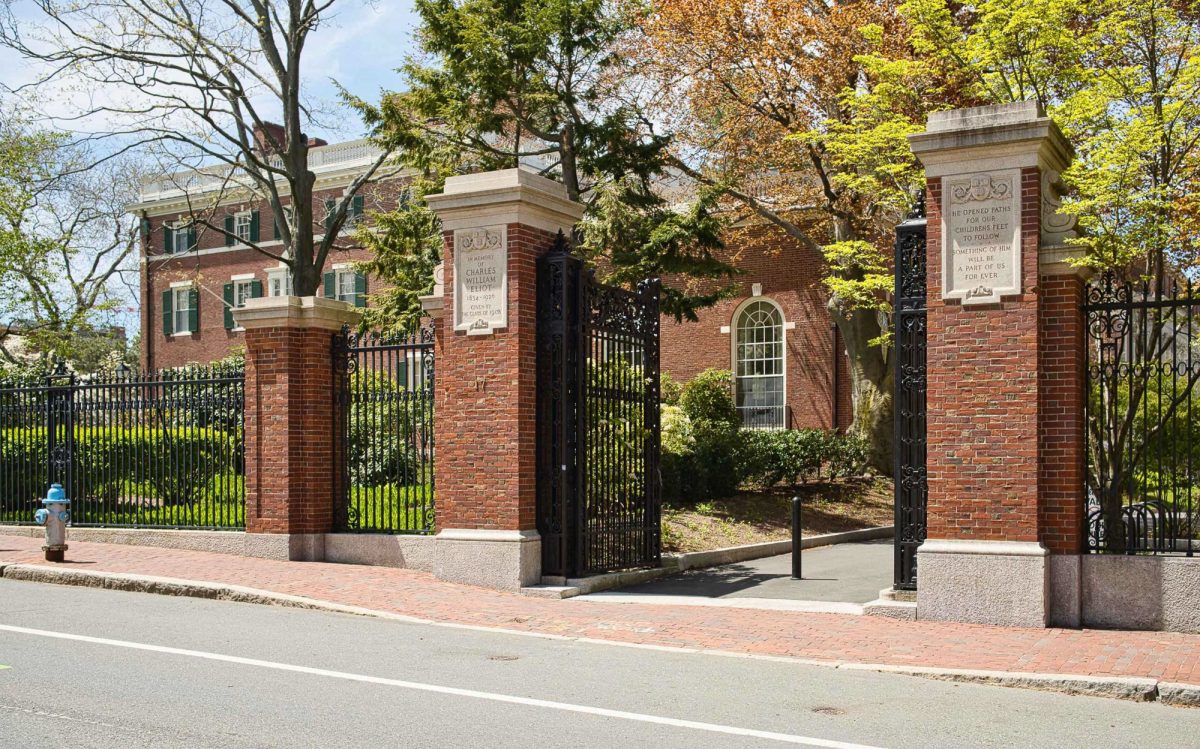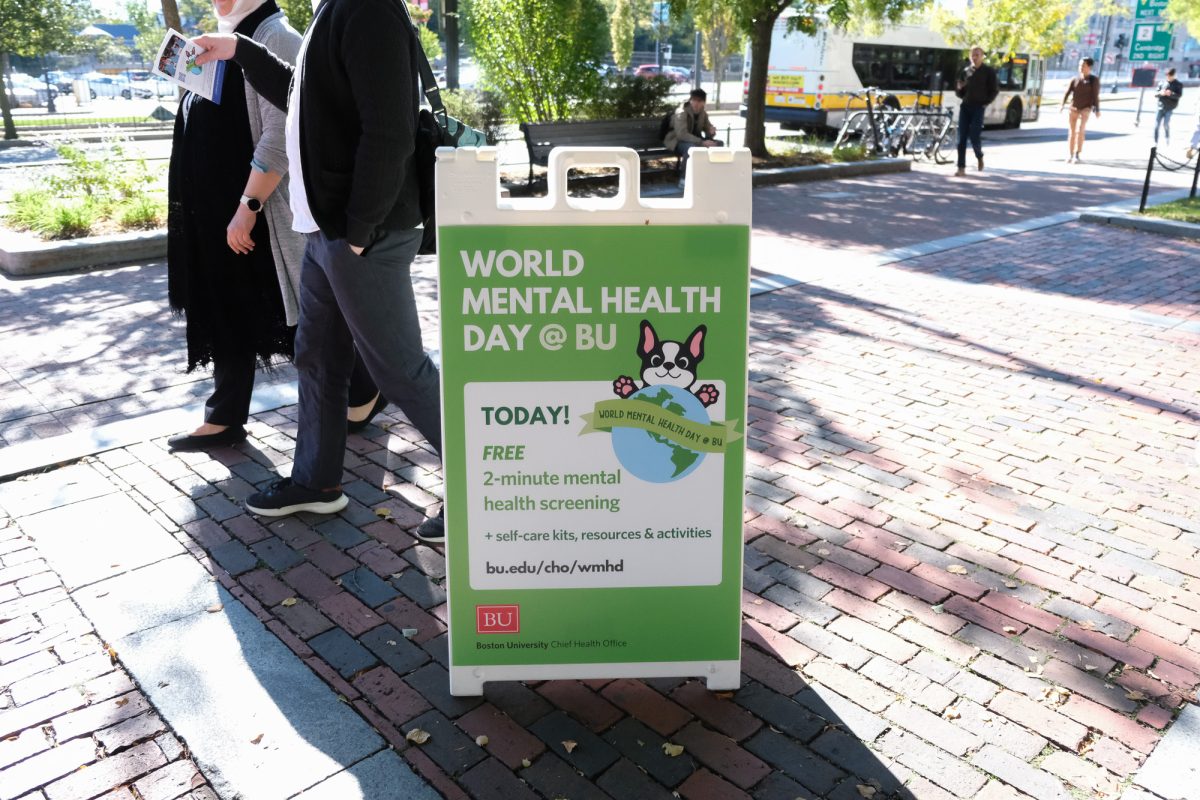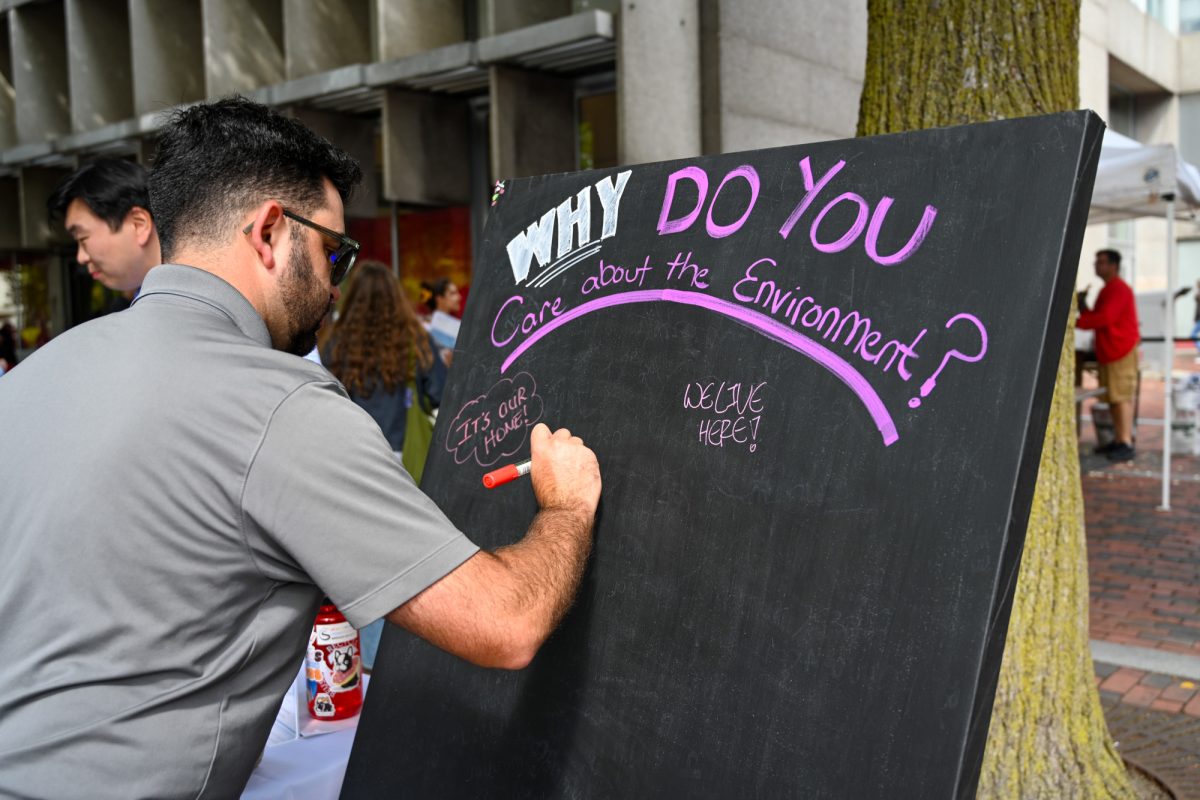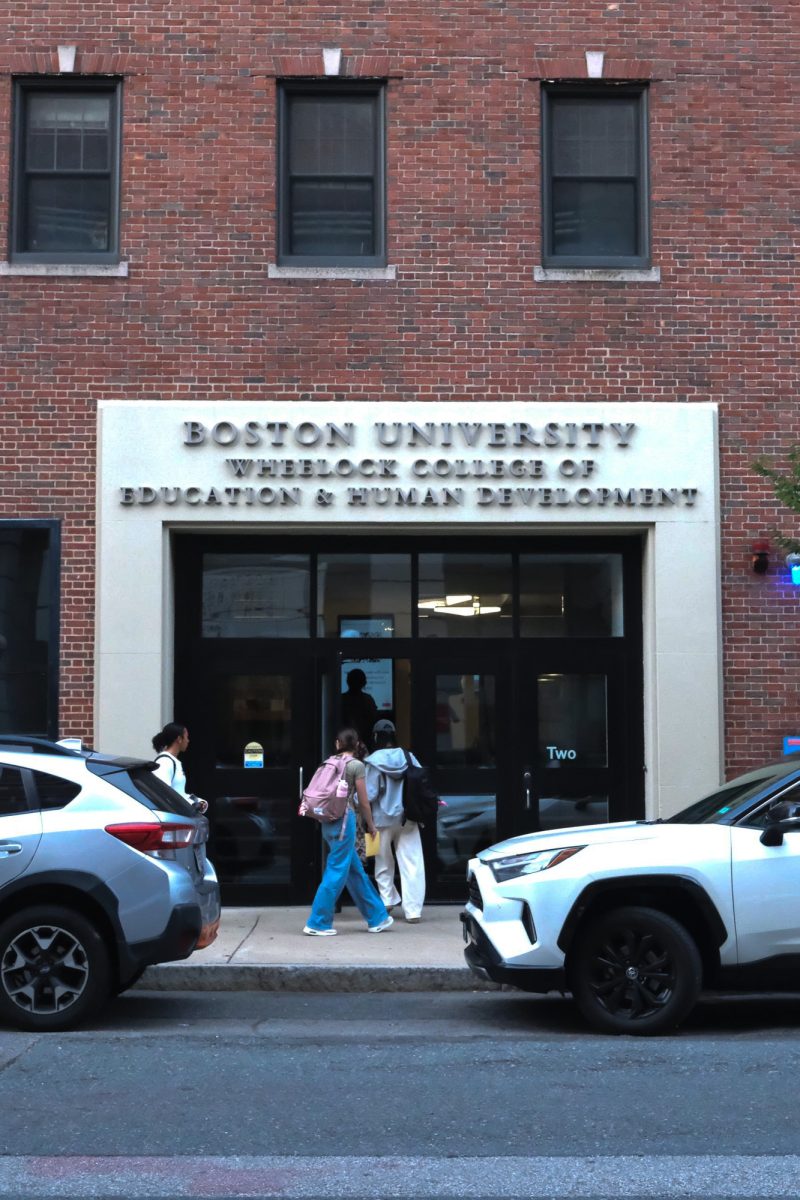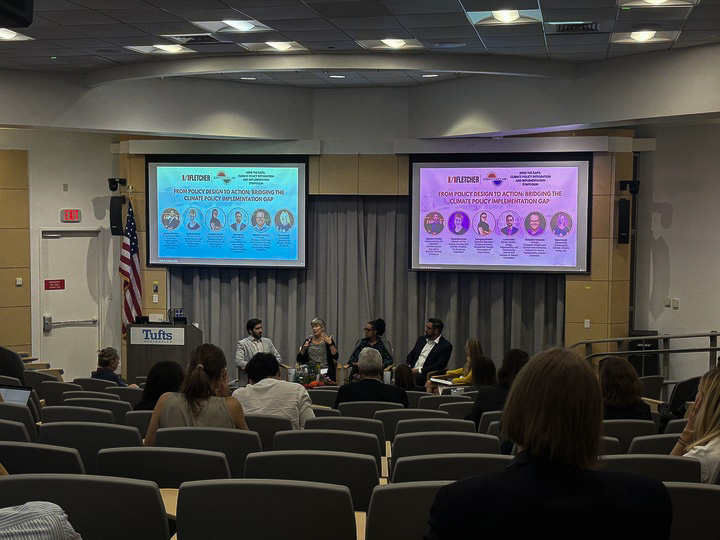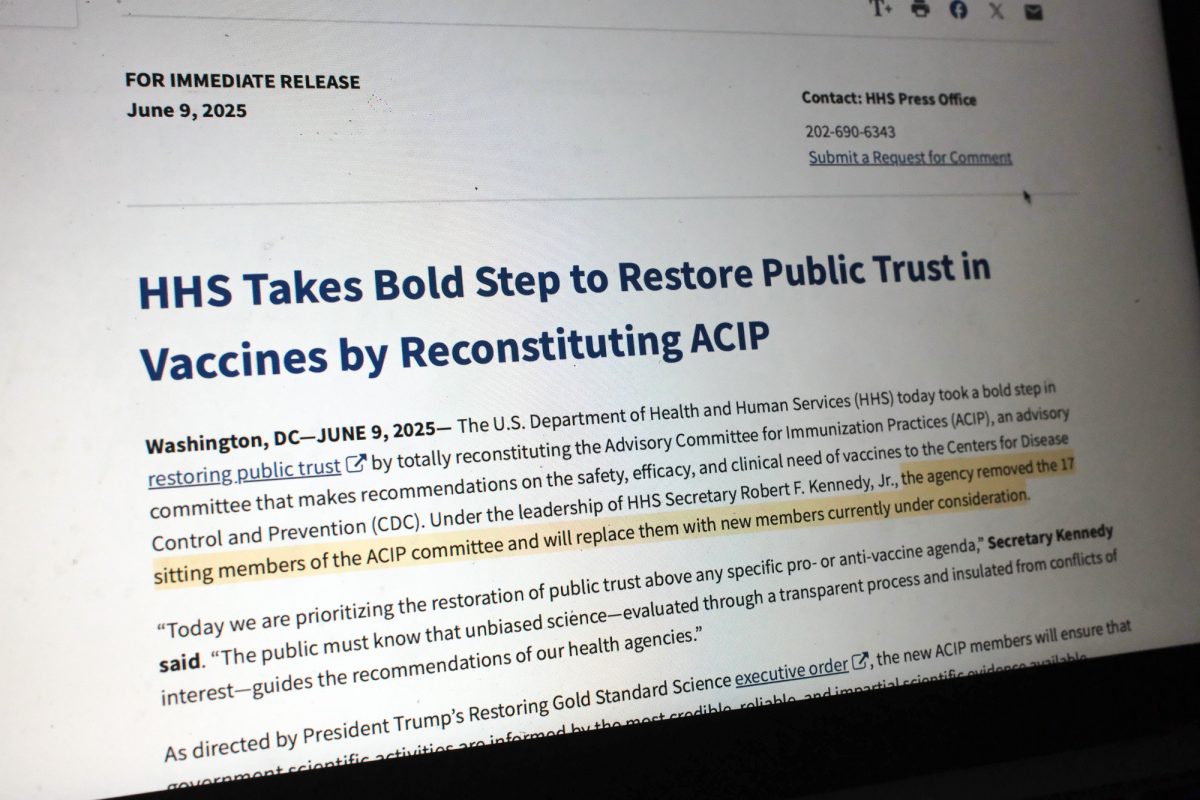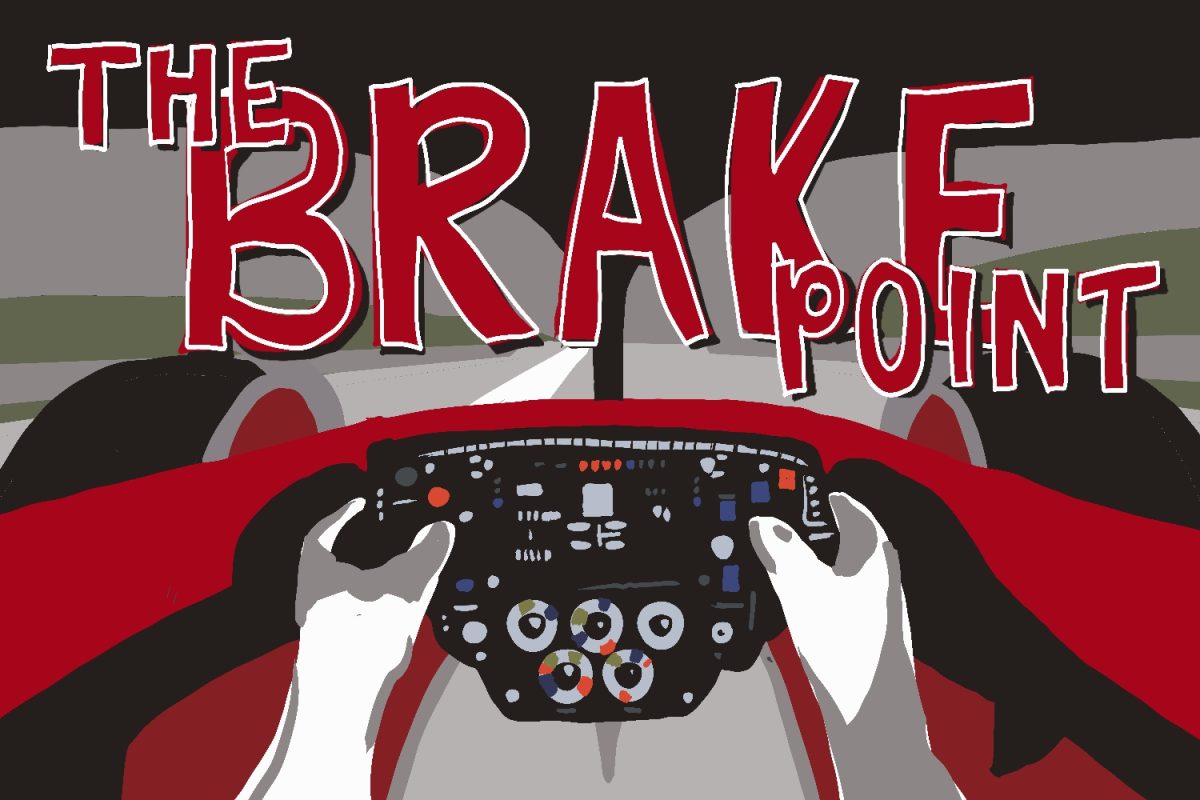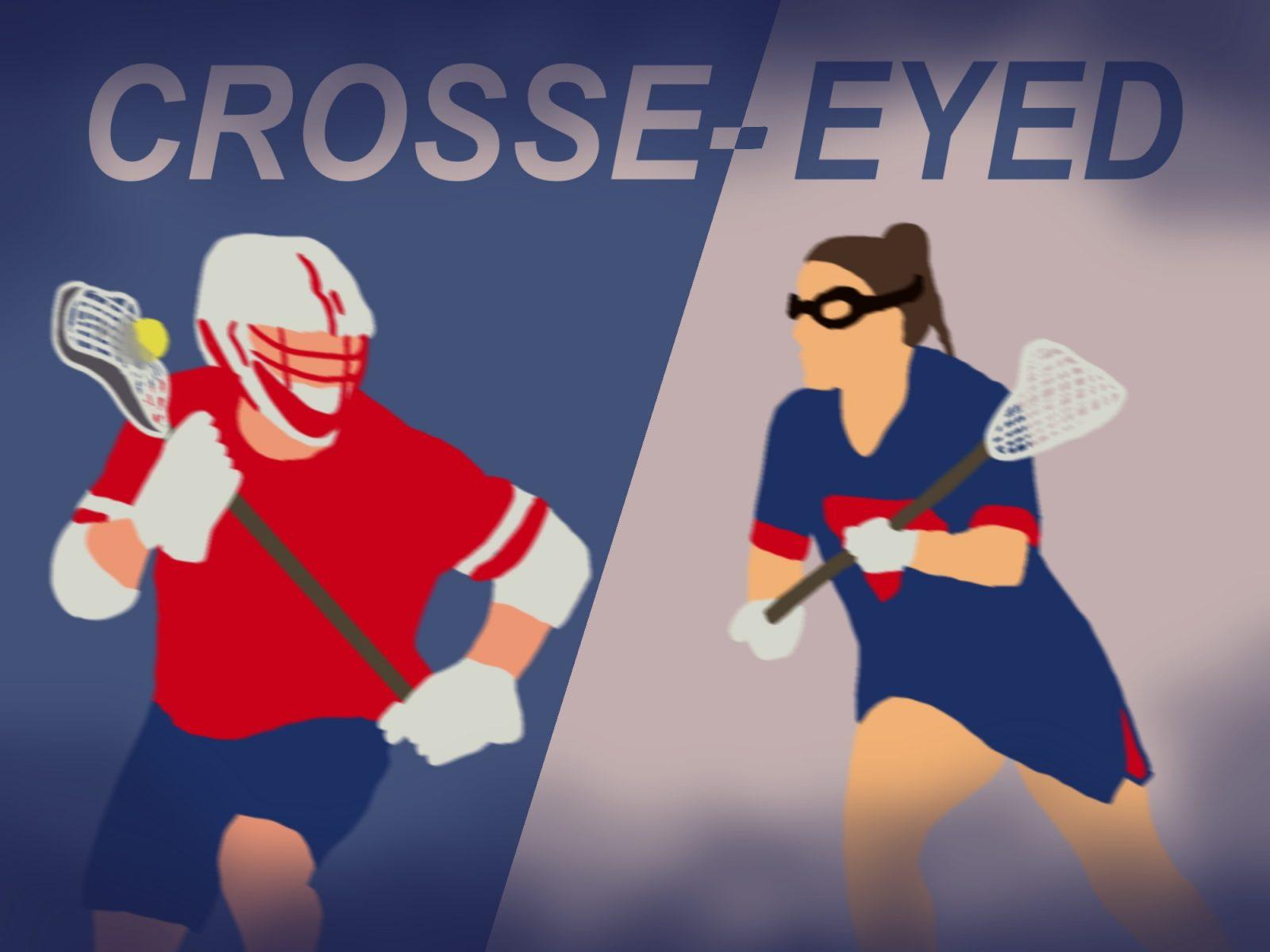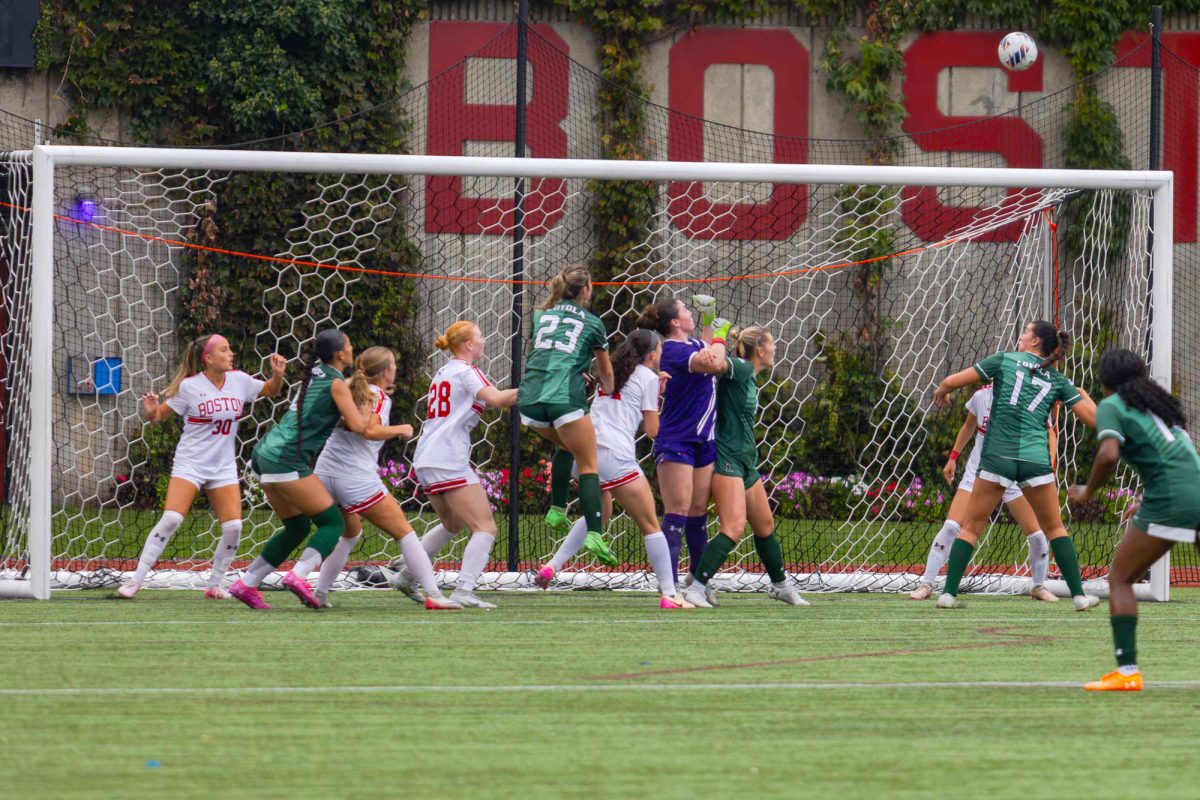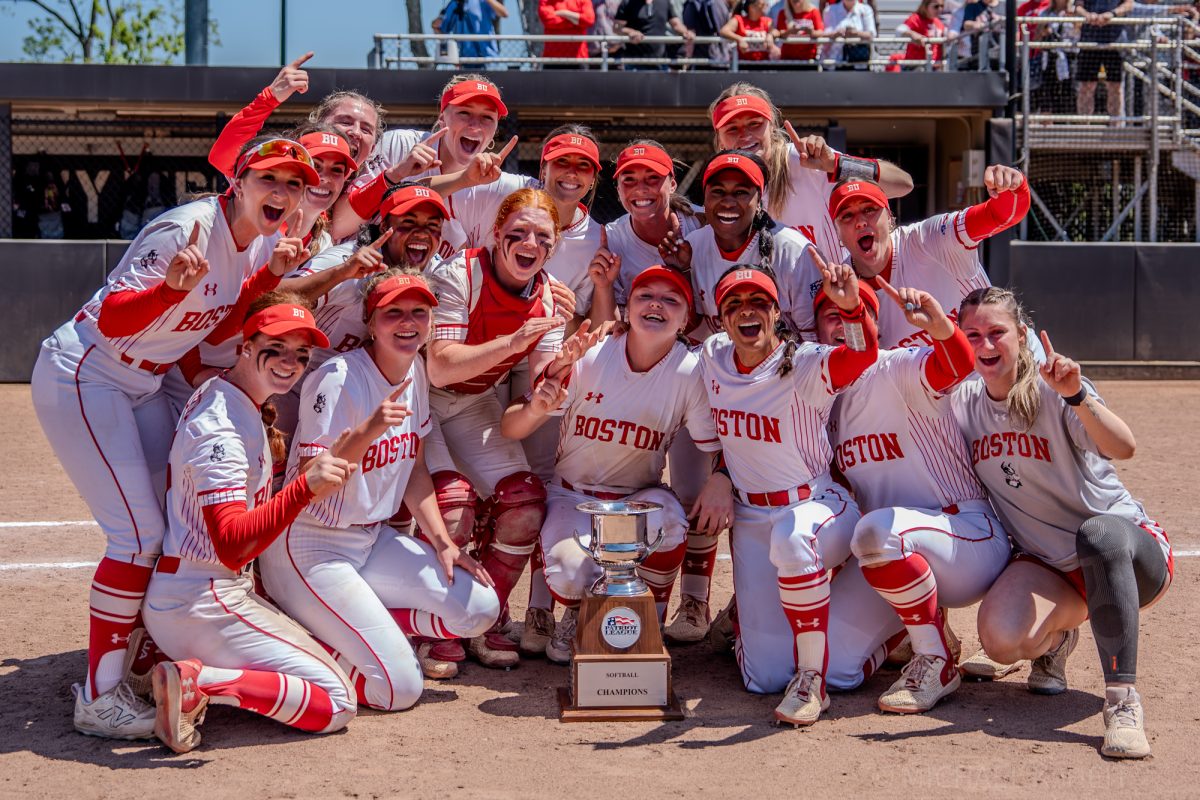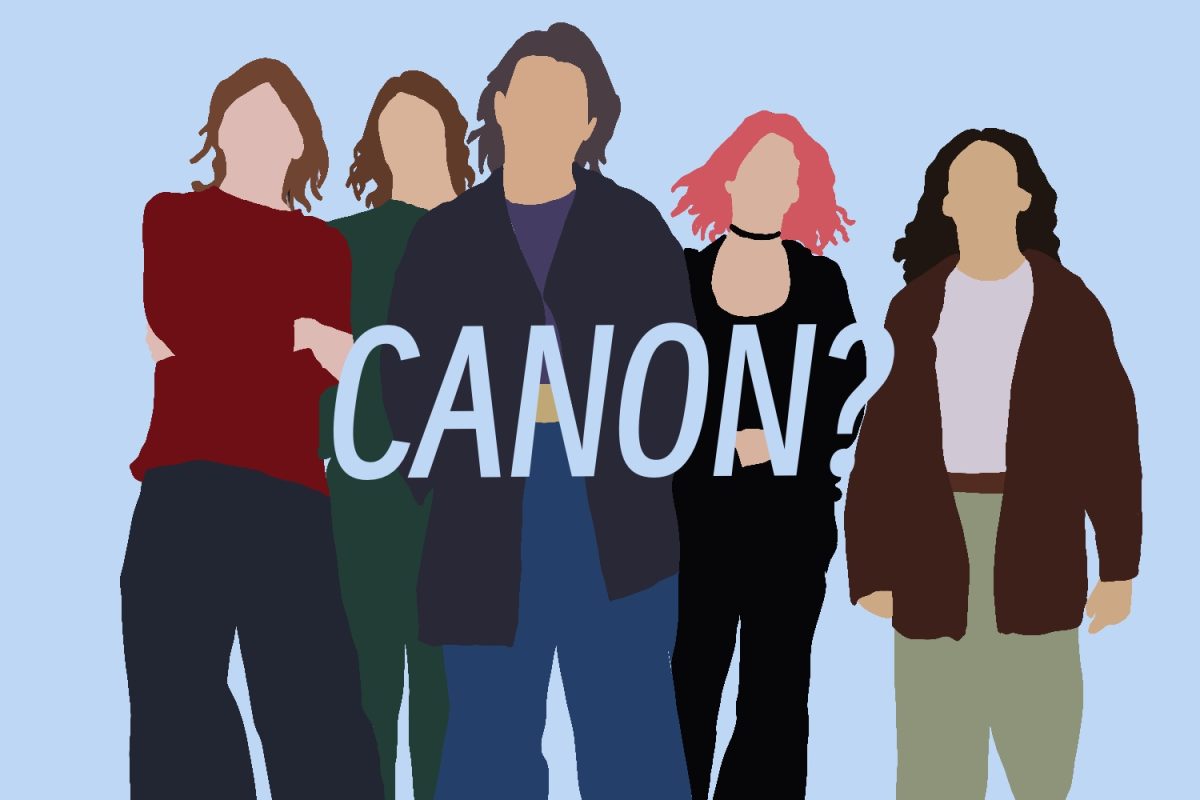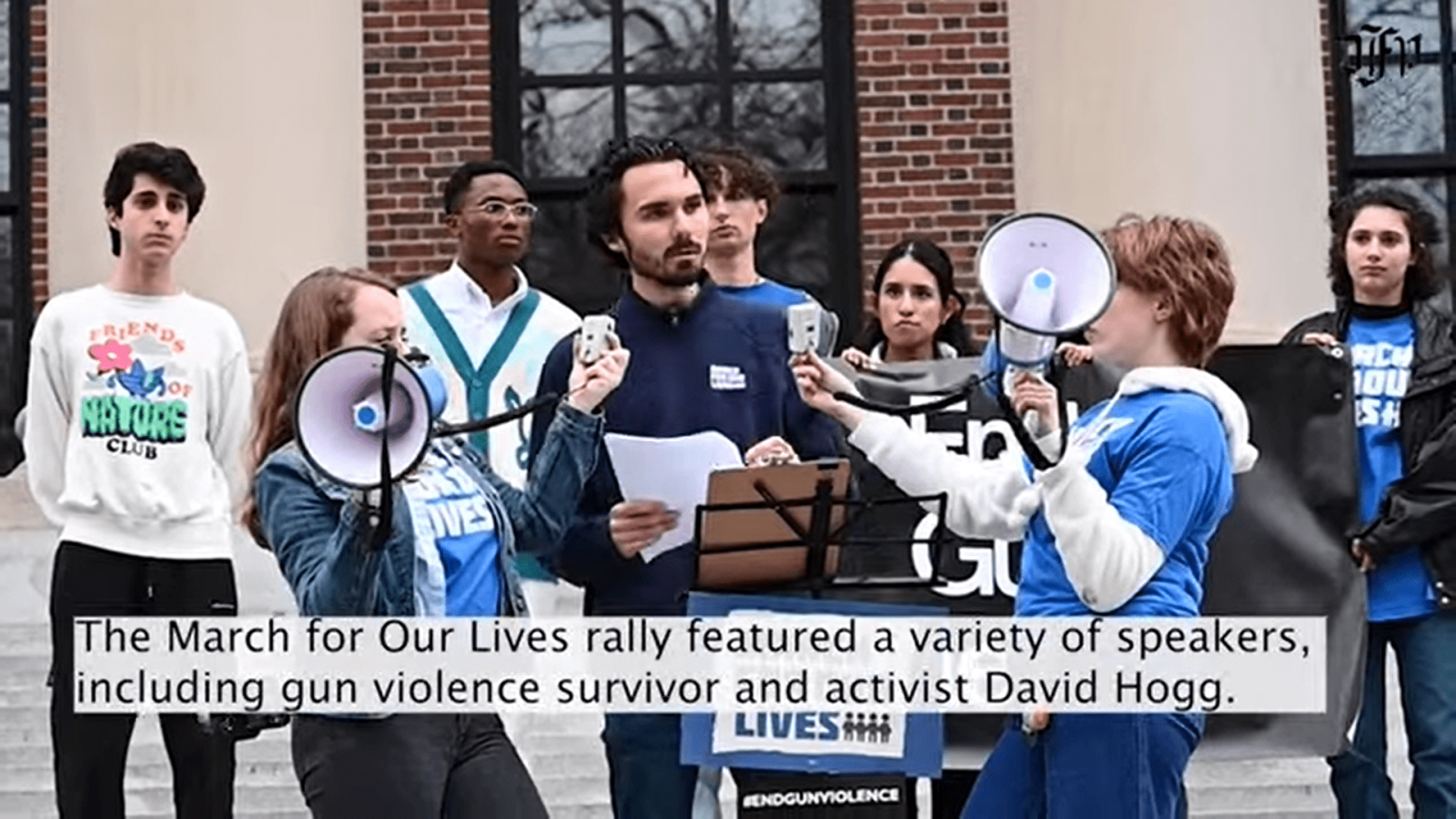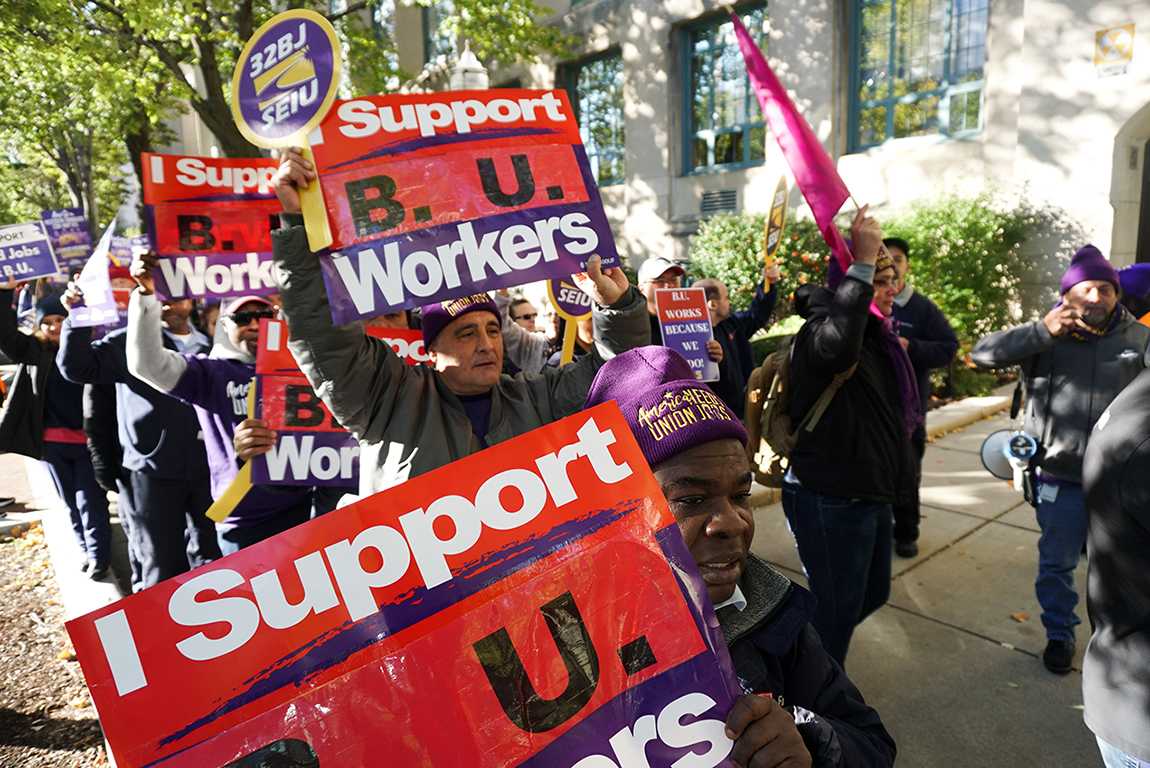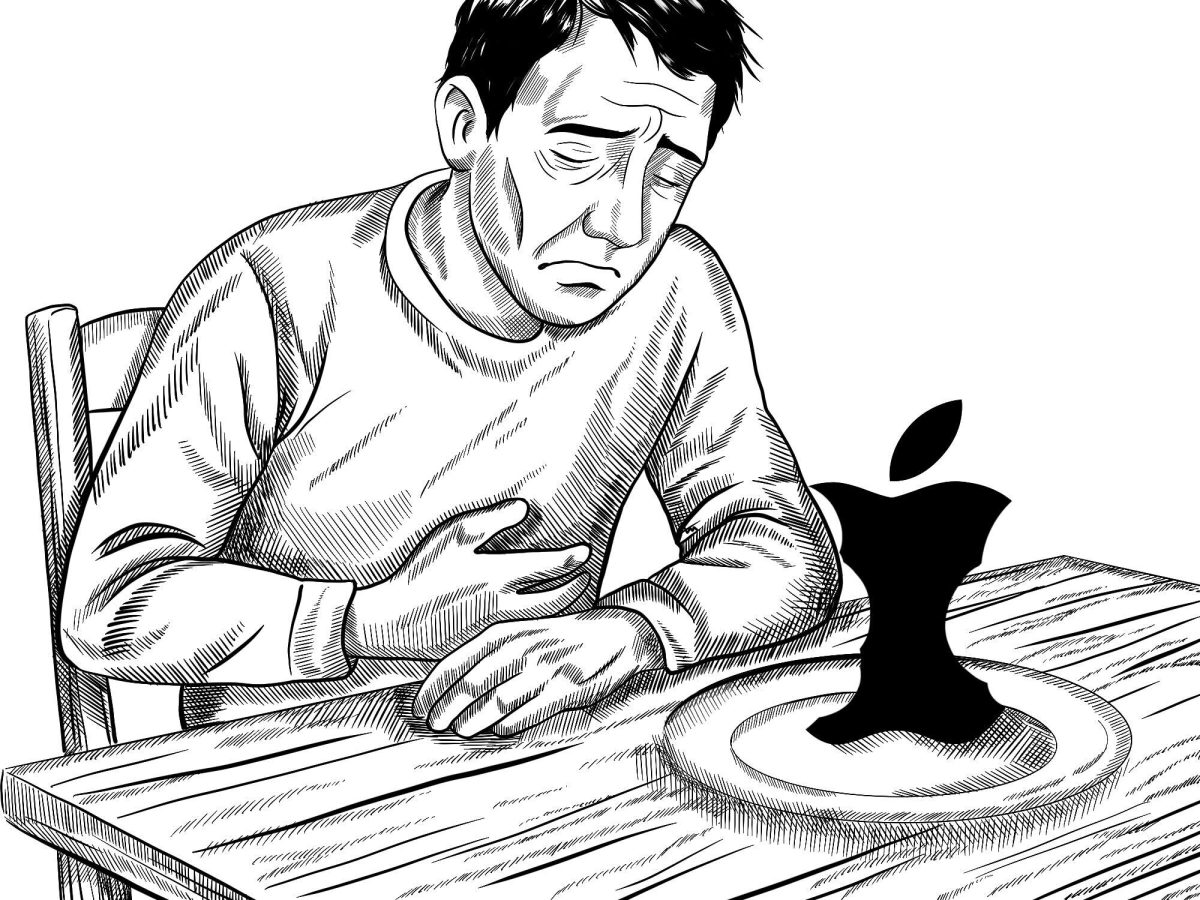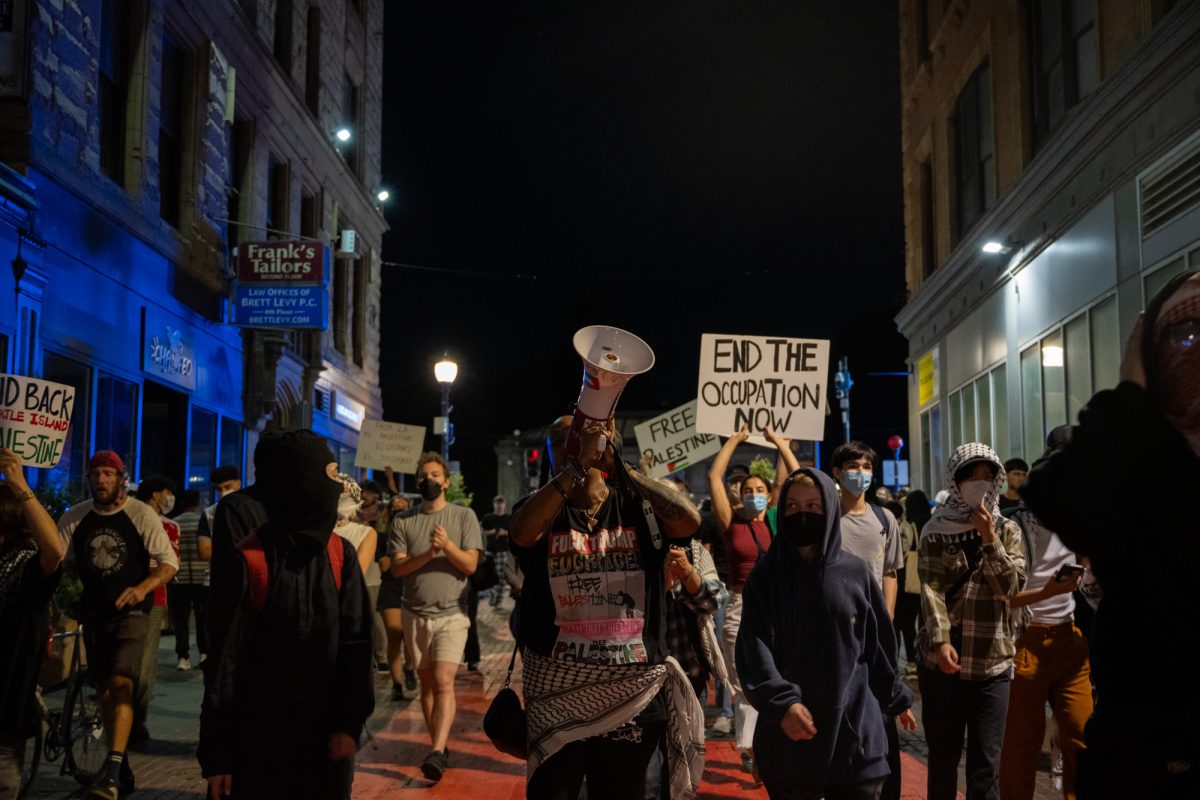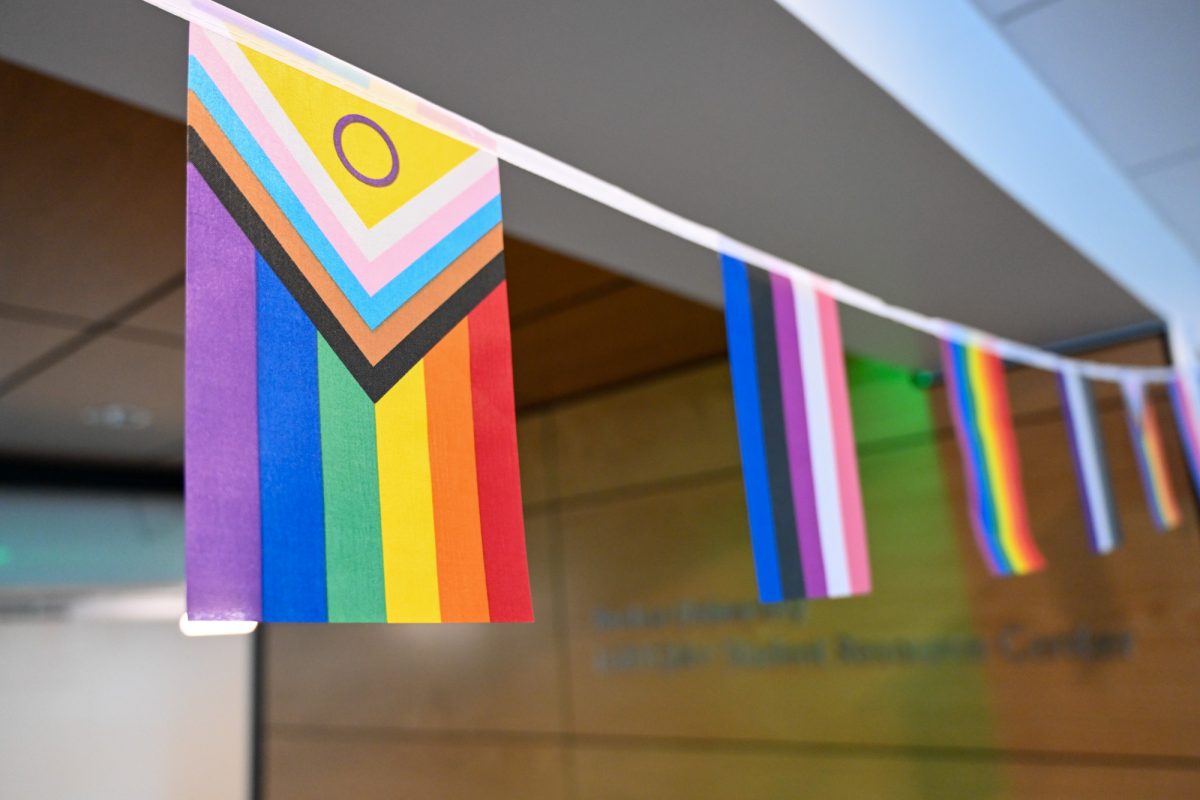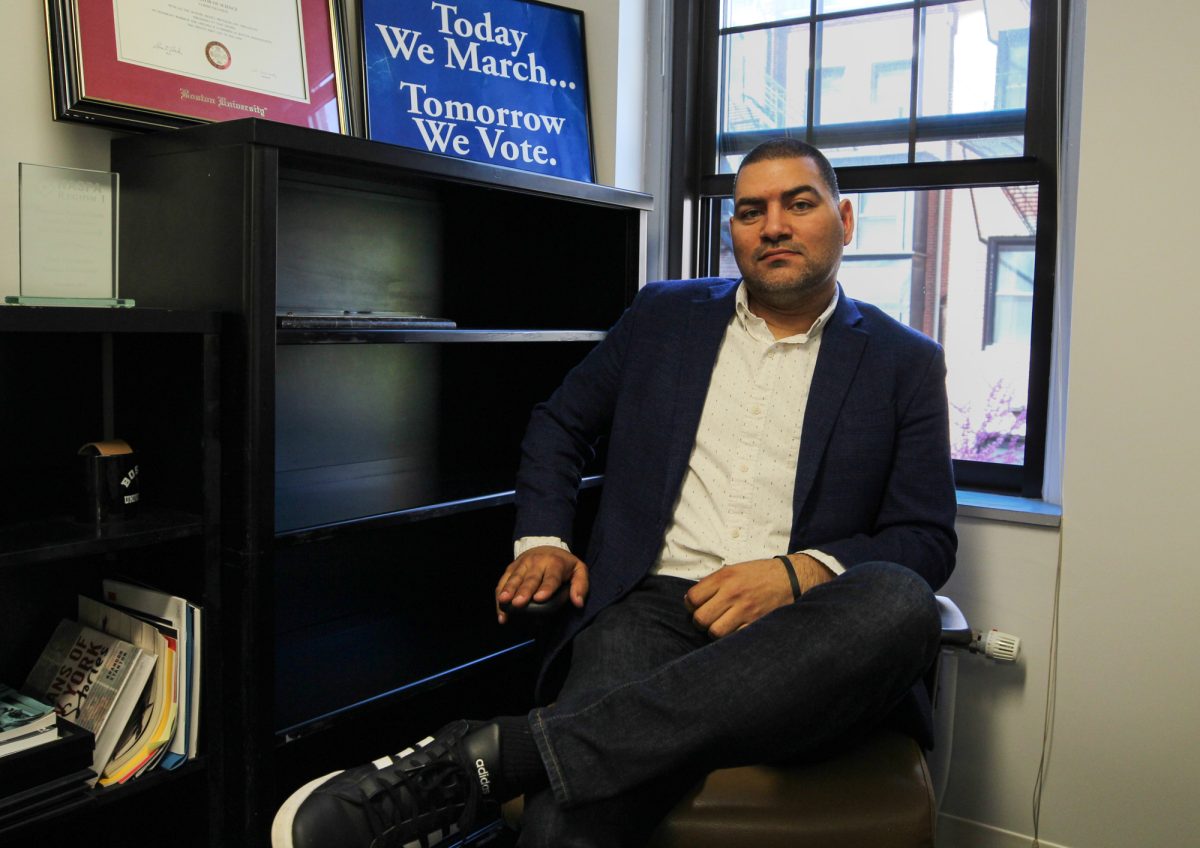In recent months, Boston University researchers have collaborated with a local company and researchers from Harvard University to continue work on a highly secure communication network that runs between BU’s Photonics Center, Harvard and offices at the Cambridge-based BBN Technologies.
The network will allow communication between two points to be encrypted through technological keys, making it almost completely safe and impossible to crack. The use of this technology eliminates the need for a human to decrypt a coded message.
Researchers and engineers combined forces to create the world’s first quantum cryptography network, which debuted in 2004, according to a BBN press release. According to natural sciences professor Gregg Jaeger, the project, which began in 2001 after the Department of Defense’s Defense Advanced Research Project Agency provided funding, allows two individuals to safely communicate information over a considerable distance through the use of coding.
“When developed in the large scale, it will allow for perfectly safe governmental and commercial communications, which cannot be usefully intercepted by criminals or foreign powers,” he said.
According to BBN’s press release, the team made advances in the system last June, finishing construction of the metropolitan-area network, allowing cryptography to be used between BU, Harvard and BBN.
Jaeger said the team made another important innovation involving connected particles last month when Senior Research Associate Martin Jaspan collected two distant light particles, which are highly difficult to detect, through a fiberoptic cable.
“I have been leading the effort to build the entangled photon source,” Jaspan said. “The main thing [BBN] done is to build several quantum cryptographic networks … an entangled quantum cryptography system is one more type.”
In essence, Jaeger said, the use of “keys,” enabled by quantum physics, allows for secure communication between two people who do not need to rely on a person to distribute the keys.
Jaspan said coding is simply used to distribute the needed keys and does not actually encode the message.
“When quantum cryptography is used with a one-time pad, that is, in theory, completely uncrackable,” he said.
Jaegger said this form of cryptography could allow for perfectly secure communications on the internet, once a secured layer like the one used in the BBN-BU-Harvard network has been added to the internet.
However, Jaspan said the widespread use of this specific form of cryptography, as in credit card transactions over the internet, would be impractical because computer encoding is not usually the reason for the interception of credit card information or other personal information.
Jaspan said cryptography would be more useful in guarding military secrets or other highly classified information.
“There are applications where it has more of an advantage and other applications where the advantage is lost,” he said. “The government is funding these [quantum cryptography projects] to explore how to make it a technology that is able to be deployed.”
Jaspan said that generally, the importance of cryptography grows as higher technology becomes more widespread.
“One of the motivating factors for quantum cryptography is the fact that the ability to crack encryption is improving,” he said. “It makes it so that the encryption needs to be stronger.”
Although Jaspan and Jaeger said the BU researchers do not have any certain plans to collaborate with BBN in the future, both said the team was planning to pursue projects in the area of information science.
“The research we’ve done has a number of directions which should be continued,” Jaspan said. “We’re hoping to pursue those with further research grants.”


